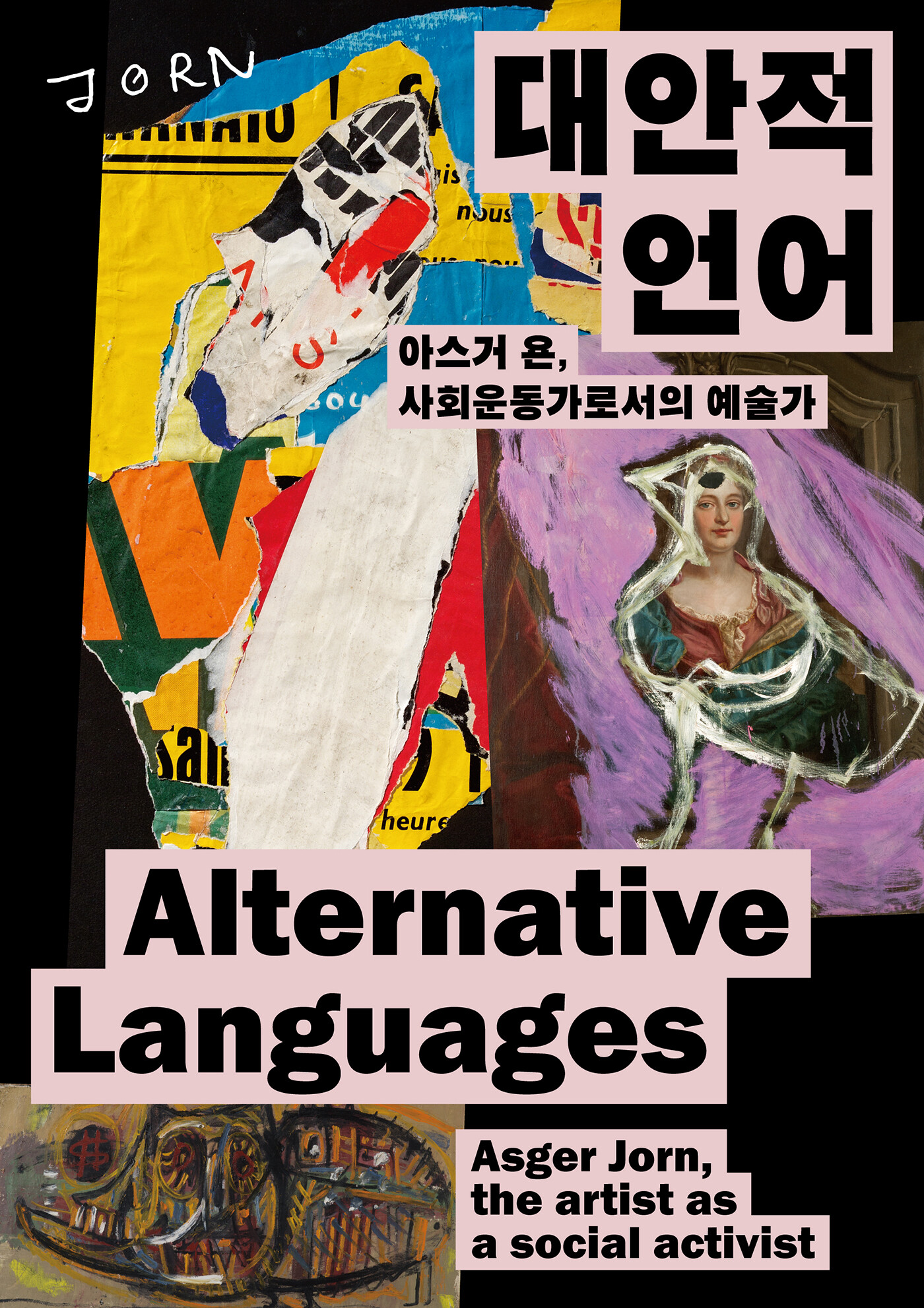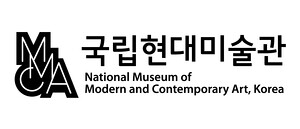Alternative languages
The artist as a social activist
April 12–September 8, 2019
30 Samcheong-ro, Jongno-gu
03062 Seoul
South Korea
Hours: Monday–Sunday 10am–6pm,
Wednesday and Saturday 10am–9pm
T +82 2 3701 9500
Asger Jorn lived from 1914 to 1973, through both world wars and within various avant-garde movements of the 20th century—a time of sweeping global change. He has often been regarded as one of several Danish abstract expressionist painters. In art histories written primarily in the United States and Western Europe, assessments of Jorn have focused more on the expressive characteristics of his paintings than highlighting the experimental spirit he sustained throughout his life, and his political and alternative views on social structures. This is why the MMCA now seeks to dig up and re-illuminate the fragments buried by the mainstream histories of the past, offering a personal records to provide an alternative reading of history. The show is curated by Joowon Park and presented at MMCA, Seoul as the first Jorn’s exhibition in Asia with cooperation of Museum Jorn, Silkeborg, we are moving beyond narrow views limited to Jorn’s paintings and methods of expression, and shedding light on the various other forms of his work, including sculpture, drawing, photography, printing, writing, ceramic craft and tapestry. In so doing, we are summoning new critical perspectives regarding Jorn. Indeed, his experimental spirit and holistic, alternative view of the world remain valid in the 21st century, and relate to the social issues we face today.
As its title implies, Alternative languages - Asger Jorn, the artist as a social activist highlights Jorn’s artistic side as a social activist, while tracing the trajectory of his political activities. Guy Debord, Jorn’s fellow leader of the Situationist International, called Jorn an “agitator” in reference to the constant drive that kept his work moving forwards. In retrospect, it is clear that Jorn was constantly attempting dialogue and cooperation in multiple directions, from his membership of the Communist Party of Denmark in the 1930s to the publication of art magazine Helhesten (The horse from hell), COBRA, the Movement for an Imaginist Bauhaus and the Situationist International; through this ongoing collective activity, he engaged actively throughout his life with various artists and thinkers. Jorn showed a wide-ranging interest in natural sciences, philosophy, political theory, economics, aesthetics, archaeology, and art history all the way from prehistory to contemporary popular art. Ruthlessly and without prejudice, he snatched incompatible elements from different fields of study, working to create organic links between them.
Through endless experimentation with new elements, objects and materials in the production of his work, Jorn attempted to reflect his multi-layered research and complex actual conditions, and to offer new perspectives on situations. These various experimental methods were hugely helpful in forming Jorn’s view of art, and manifest themselves as one of the most important characteristics of his work. To Jorn, art meant communicating with and intervening in the world through creativity. Ultimately, he believed, art must challenge existing viewpoints and norms, thereby offering different perspectives for understanding the world in new ways, and laying the foundations for social change. Jorn may no longer be with us in 2019, but his brand of artistic spirit, endless cooperation and sense of experimental challenge contain many implications for our society and our attitudes to life today. In this exhibition, our aim is to explore various aspects of Jorn as a living spirit, thereby opening new perspectives onto the issues we face now.

